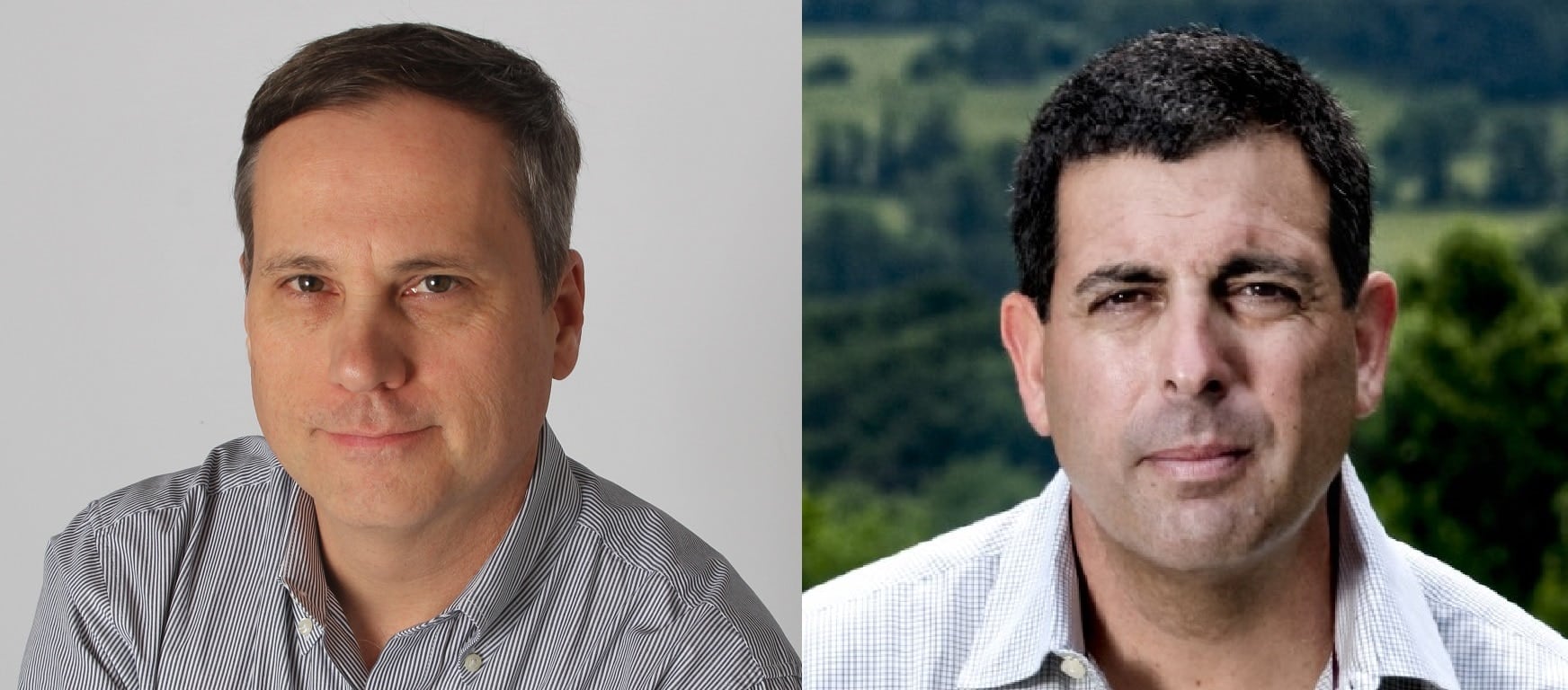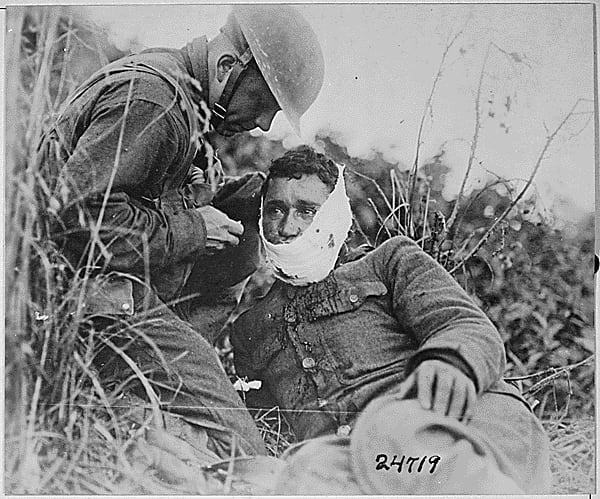Editor's note: The following is an opinion piece. The the views expressed here do not necessarily represent those of Military Times or its editorial staff.
Many of us do not appreciate the significance of World War I and the immeasurable impact it had on the 20th century and our lives. The period of U.S. involvement not only brought social and economic growth and innovation, but also the intellectual foundation for our current understanding of the psychological wounds of war.
The most notable of those wounds is post-traumatic stress disorder, now simply referred to as PTSD. And while the naming convention is relatively new, the notion of combat-induced trauma is far from it.
Even before the U.S. entered World War I in 1917, thousands of British soldiers who participated in the fighting had been made combat ineffective by tremors, loss of balance, headaches and other symptoms. Military doctors believed the symptoms were a neurological manifestation of shock waves caused by exploding shells, resulting in the inaccurate label of "shell shock." Others considered these soldiers weak, or labeled them as cowards or malingerers who deserved discipline.
Early treatments for shell shock utilized shock therapy, frontal lobotomies, institutionalization and at times, harsh discipline. While considered crude and inappropriate today, these were the best options the medical community had based on its understanding of the condition.
Understanding of the psychological wounds of combat improved during World War II, as the term "battle fatigue" dominated the psychiatric nomenclature. And while many military leaders like Gen. George S. Patton still viewed the condition as a byproduct of cowardice, the front-line medics knew it was not that simple. Treatments became more humane and included rest away from front lines, counseling, and medications.
Television brought the Vietnam War into our homes with images of returning veterans, angry and often struggling with PTSD. While PTSD rates were low in the early years of the war, they rose to about 30 percent toward its close: Exact reasons are unknown, but perhaps the rates were tied to the lack of support and welcome from the American public.
Today, 16 years into the longest period of war in our nation's history, we are still fighting PTSD. The prevalence rate in Post-9/11 veterans hasn't changed from that of their predecessors from earlier conflicts.
What also hasn’t significantly changed are the treatments we've provided our veterans over the past several decades – largely talk-therapy and pharmaceuticals. While we have made advances in treatments since World War I, the numbers reveal that we haven't won this fight.
It's estimated that between 500,000 to 700,000 post-9/11 veterans are struggling with the symptoms of PTSD, and that only half of them seek treatment from the Veterans Affairs Department. Of those, a much smaller number of veterans actually complete treatment and report improvement.
More than 100 years after "shell shock," it's time to turn our approach to PTSD on its head and teach our veterans how to capitalize on their struggles. Let's get away from the medical model that reduces our combat veterans to a set of symptoms and start harnessing their inner strength and turn their struggles into new possibilities, purpose and meaning.

Bret A. Moore, left, and Ken Falke
Photo Credit: Courtesy photos
Stressing this type of approach – known as posttraumatic growth, or PTG – won’t replace talk-therapy or medication. But by leveraging veterans’ inner strength and resources, and encouraging them to explore new possibilities for psychological, relational, and spiritual growth, they can be helped to recognize what they have gained from their combat experiences versus what they have lost.
Bret A. Moore, Psy.D., is a former Army psychologist, veteran of the Iraq War and writer who lives in San Antonio. He's the co-author of "The Posttraumatic Growth Workbook" and writes Military Times' monthly "Kevlar for the Mind" feature.
Ken Falke is a retired Navy master chief. He's chairman and founder of both the Boulder Crest Retreat for Military and Veteran Wellness and the EOD Warrior Foundation.





